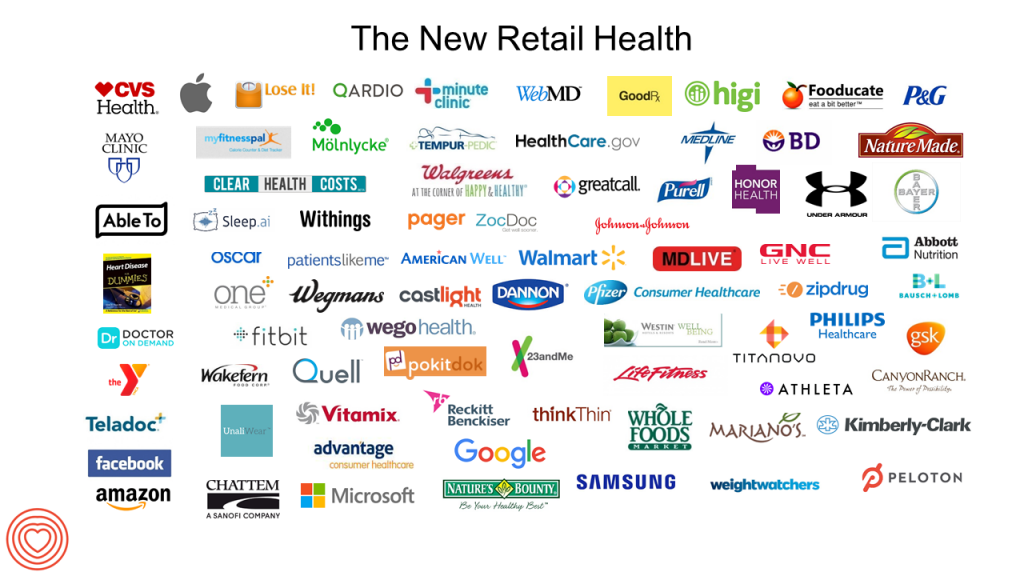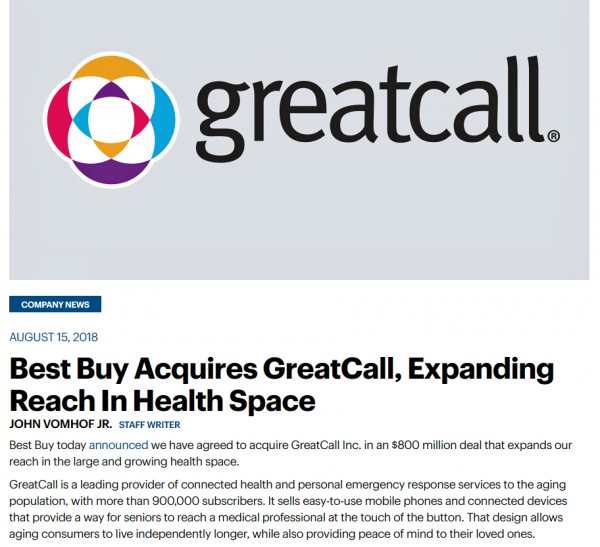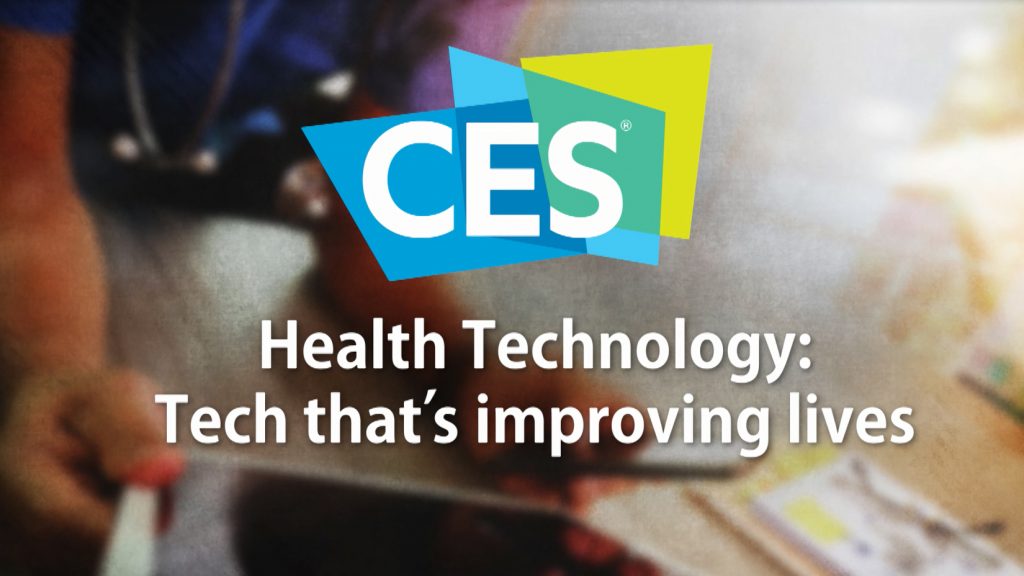All health/care is retail now in America. I say this as most people in the U.S. who have health insurance must take on a deductible of some amount, which compels that insured individual to spend the first dollar on medical services up until they meet their financial commitment. At that point, health insurance kicks in, and then the insured may have to spend additional funds on co-payments for general medicines and services, and coinsurance for specialty drugs like injectables and high-cost new therapies.
 The patient is a consumer is a payor, I asserted today during my talk on the expanding ecosystem of retail health in the U.S. — the nation that spends more on medical services than any other country on Planet Earth, and gets a very low return-on-investment for that spend. We learned this (again) this week in a Health Affairs research article on healthcare spending in the U.S.
The patient is a consumer is a payor, I asserted today during my talk on the expanding ecosystem of retail health in the U.S. — the nation that spends more on medical services than any other country on Planet Earth, and gets a very low return-on-investment for that spend. We learned this (again) this week in a Health Affairs research article on healthcare spending in the U.S.
In the median U.S. household, families now allocate $1 in every $5 to medical spending — the health insurance premium, co-payments and coinsurance shares, and additional dollars that show up in the insurance claim. That 20% of household spending does not include additional consumer health expenditures like over-the-counter medicines, visits to chiropractors, hearing aids, and other financial allocations on self-care.
I perceived the emergence of health care consumers about 15 years ago when I was advising a global pharma company on consumer trends. In assessing new prescription drug benefit designs, I noticed growing cost differentials between Tiers 1, 2 and 3 for Rx’s — that is, between the consumer-facing co-payment costs of a generic, a brand on-formulary, and a brand off-formulary. By 2017, these costs were $11 on average for a generic, $33 for a brand on the approved list, and $59 for a third-tier brand off the formulary. Thus, the difference between a Tier 1 generic and Tier 3 off-formulary drug was nearly $50 in 2017.
 The patient is a consumer is a payor, right? $50 is real money in both your and my household, I bet.
The patient is a consumer is a payor, right? $50 is real money in both your and my household, I bet.
Add to the financial risk-shift from payor to consumer three other forces re-shaping patients into consumers:
- The Great Recession morphed consumers from passive to more actively engaged shoppers. Ogilvy’s informative study, Eyes Wide Open; Wallet Half Shut showed us that people became more engaged in DIY activities, from cooking at home to DIY home improvement. Consider the growth and influence of HGTV and other media channels that inform and empower people to do more for themselves.
- The fast-adoption of smartphones has offered users powerful computers in our pockets, to use to seek information, and engage in social networks for support and advice.
- The Amazon Prime-ing of all of us, with a higher bar for consumer expectations. Consider a 2016 Aflac survey asking consumers what their ideal health insurance shopping experience should feel like. Fifty percent of consumers said, “like Amazon.” Another 20% said, “like retail.”
The consumer’s experience with health care is far from Amazon Prime-like. That’s the supply-side’s opportunity in the growing retail health era.
 My conversation today with Asheesh Saksena of Best Buy and David Inns of Greatcall highlighted this very opportunity. Think: Geek Squad meets health meets smart-er home meets consumer and caregiver demand. That’s the convergence of market drivers that this merged entity will help define and serve. Here’s a post I wrote when this merger was announced, discussing the vision in more detail.
My conversation today with Asheesh Saksena of Best Buy and David Inns of Greatcall highlighted this very opportunity. Think: Geek Squad meets health meets smart-er home meets consumer and caregiver demand. That’s the convergence of market drivers that this merged entity will help define and serve. Here’s a post I wrote when this merger was announced, discussing the vision in more detail.
Following up that discussion was my brainstorm with Patrick Freuhler, CEO of Audicus, and Dr. Shai Gozani, CEO of Neurometrix. Both of these companies have innovated new-new things for hearing, via over-the-counter channels, and for dealing with pain, via an FDA-cleared device that a person in pain can buy via many retail channels. These consumer-facing offerings are disruptive existing categories — in the case of hearing aids, the high-cost, professionally-guarded audiology guild; and for pain’s worst-case scenario, opioid prescription drugs.
The new retail health care isn’t only about convenience, access, and lower-cost. It’s about meeting peoples’ values and providing value on their own personal terms — baked with good design and the goal of delightful user experience.
 This was Philips Healthcare’s design leader Sean Carney’s message in his talk today: “Tech alone will not fix the problems we see in health care. Technology must be relevant and useful.” Amen.
This was Philips Healthcare’s design leader Sean Carney’s message in his talk today: “Tech alone will not fix the problems we see in health care. Technology must be relevant and useful.” Amen.
For more on retail health’s prospects in 2019, see this Health Populi post.
The post Health/Care Goes Retail at CES 2019 appeared first on HealthPopuli.com.
Health/Care Goes Retail at CES 2019 posted first on http://dentistfortworth.blogspot.com
No comments:
Post a Comment